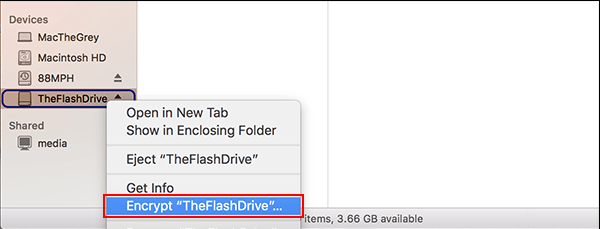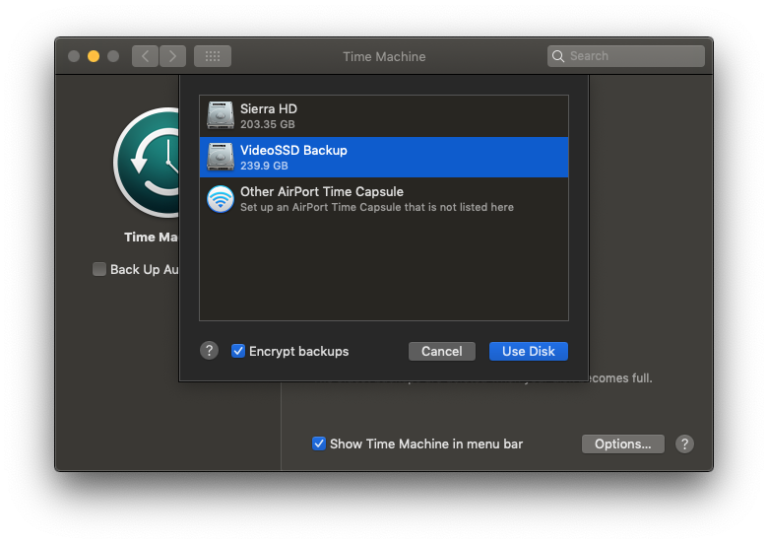


Once the encryption process competes you will be notified by a window.Encrypts the drive with latest encryption algorithms.Creates a virtual volume with the full contents for the drive in the remaining drive space.

The encryption process performs the following: USB drive encryption take approximately 6 to 10 minutes per gigabyte to complete.
How long the encryption takes depends on the size of the drive. Do not remove the USB drive until the encryption process is complete. On the Are You Ready To Encrypt This Drive window, click Start Encrypting. However, if a user chooses to do so, the printed Recovery Key must not be stored together with the USB drive. (For example, if both the USB drive and recovery key are in the same bag during travel it would be very easy for access to be gained to the USB drive by an authorized user.) IT Security warns against printing recovery key information. In the Save BitLocker Recovery Key As dialog box, choose a save location, such as your secure CSCC network folder then click Save. In the event you misplace the recover key and/or password, IT will be unable to recover your files. On the How Do You Want To Store Your Recovery Key window, click Save The Recovery Key To A File.Ī recovery key allows you to regain access to your encrypted USB drive in the event you forget your password. On the Choose how you want to unlock this drive window, choose Use a password to unlock the drive. Once selected, right-click the USB drive, and then click Turn On BitLocker.  Insert the USB flash drive into the computer, click Start, and then click Computer “This PC”.īest Practice: backup all data on the drive prior to encrypting. You should also turn on FileVault for additional security, because without FileVault enabled, your encrypted SSDs automatically mount and decrypt when connected to your Mac. This content includes system files, apps, accounts, preferences, music, photos, movies, and documents.Īlways back up your content to a secure external drive or other secure backup location so that you can restore it, if necessary. The advanced encryption technology integrated into the T2 chip provides line-speed encryption, but it also means that if the portion of the T2 chip containing your encryption keys becomes damaged, you might need to restore the content of your drive from a backup. This encryption is performed with 256-bit keys tied to a unique identifier within the T2 chip. Data on the built-in, solid-state drive (SSD) is encrypted using a hardware-accelerated AES engine built into the T2 chip. Mac computers that have the Apple T2 Security Chip integrate security into both software and hardware to provide encrypted-storage capabilities.
Insert the USB flash drive into the computer, click Start, and then click Computer “This PC”.īest Practice: backup all data on the drive prior to encrypting. You should also turn on FileVault for additional security, because without FileVault enabled, your encrypted SSDs automatically mount and decrypt when connected to your Mac. This content includes system files, apps, accounts, preferences, music, photos, movies, and documents.Īlways back up your content to a secure external drive or other secure backup location so that you can restore it, if necessary. The advanced encryption technology integrated into the T2 chip provides line-speed encryption, but it also means that if the portion of the T2 chip containing your encryption keys becomes damaged, you might need to restore the content of your drive from a backup. This encryption is performed with 256-bit keys tied to a unique identifier within the T2 chip. Data on the built-in, solid-state drive (SSD) is encrypted using a hardware-accelerated AES engine built into the T2 chip. Mac computers that have the Apple T2 Security Chip integrate security into both software and hardware to provide encrypted-storage capabilities.








 0 kommentar(er)
0 kommentar(er)
